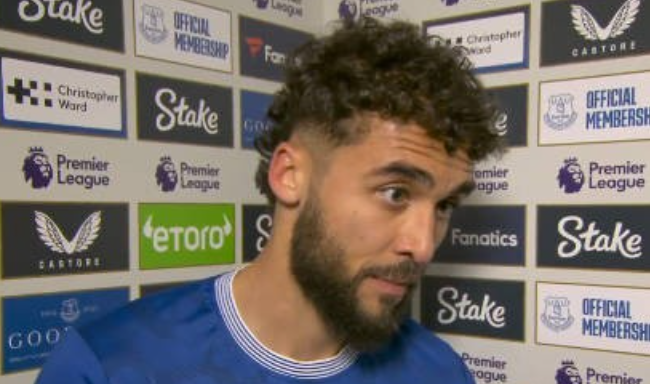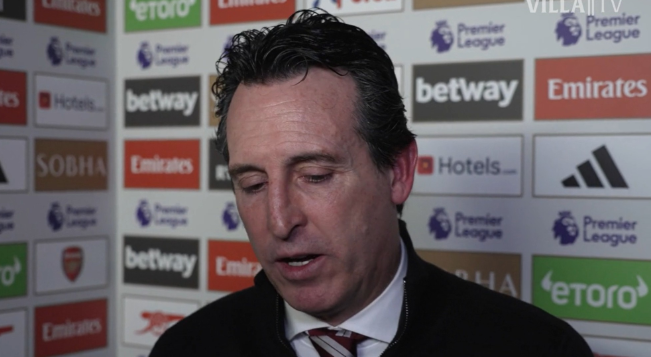
On February 6, the Guardian revealed that Chelsea suffered two consecutive defeats in the Premier League, defeating Liverpool on the road and failing to beat Wolves at home, the team's rebound momentum seems to have come to an abrupt end, and many fans have begun to question Mauricio Pochettino's coaching ability. However, the challenges facing the Blues go far beyond the pitch.
In the short term, Chelsea's financial strategy does not appear to have been problematic since the takeover by Burley and Clear Lake Capital. In August last year, Swiss Ramble, a soccer finance media outlet, pointed out that Chelsea's seemingly large transfer outlay was balanced by the financial situation of the American owners since they took over: £143 million in wage bill and £116 million in transfer amortization, which was hedged against a £192 million drop in wages and £62 million in amortization income. More notably, the team realized a £215 million profit on player transfers.
In the short term, such a financial position may seem glamorous. But Chelsea's array of long-term contracts puts their future outgoings at a whopping £1.9 billion. Chelsea have made a loss in each of the last ten years, and the situation has worsened over the last four years. in 2021-22, Chelsea's operating losses amounted to £224 million, for a ten-year total of £944 million, albeit partially offset by revenues from the sale of £706 million of players.
According to Swiss Ramble's calculations, Chelsea are projected to lose £131.6 million in 2023-24, compared to £70.2 million the season before and £121.4 million the season before that, taking into account reductions in the wage bill and projections of other revenue expenditure for the season. With health costs (such as those for the youth training academy and women's soccer team) of around £40 million, and room for additional losses in the new Champions League pneumonia epidemic season, Chelsea's losses will be slightly above the £105 million cap for the three years up to the 2022-23 season.
However, Chelsea look set to face an even greater challenge in 2023-24, with Swiss Ramble projecting losses of up to £201m over the three-year assessment period based on the assumption that they could finish sixth in the league. UEFA are in the process of changing the original Financial Fairness Act to a cost-containment ratio model, which is expected to limit player wages, transfers and agent fees to 70% of a player's sales revenue and profit by 2025, while Chelsea's current conversion ratio is as high as 90%.
Chelsea are being investigated for possible breaches of the Financial Fairness Act during the Abramovich era, which could lead to a points deduction or worse, putting the team in a tougher position. For the past three years, Chelsea has been able to stay afloat with high player sales despite financial constraints. But now, the situation is even more dire due to the lack of youth product or fully amortized sales of players. Assuming that Caicedo is sold for £100 million next summer, the value of his eight-year contract will be profit, although some of the amortization and wage costs will be lost.
If Chelsea want to continue to make the profits they have made over the last decade, it will be extremely difficult. Youth training products such as Gallagher and Reece James may find the owner very keen to listen to their offers. This is contrary to conventional wisdom, which has seen clubs benefit from core players such as Terry and Lampard in the past, as their connection to the club goes beyond wages.
Perhaps Chelsea could be granted an additional loss waiver after the Abu sanctions, although this is not guaranteed, but it is difficult to predict revenue growth for next season as they may not be able to play in the Champions League next season. With 12 of the team's players under contract for eight years or more, the way they are being amortized seems more and more like a burden.
This club is in a real mess, but it's the new owners who are really to blame for bringing about the destruction.






























